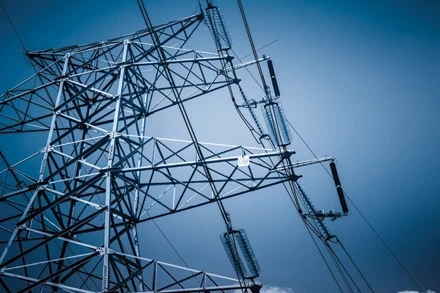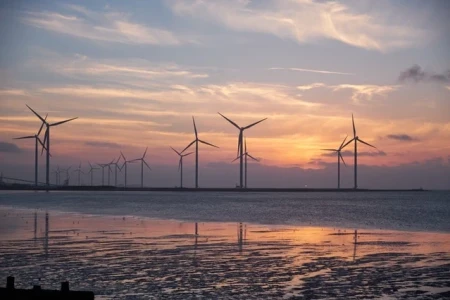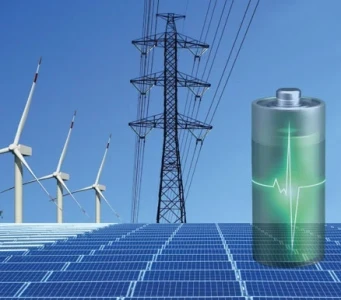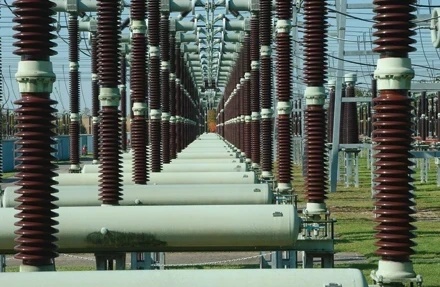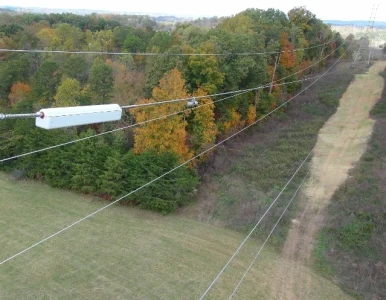Natural Gas Market Faces Challenges Amid Cold Winter Predictions

As the 2024-2025 winter season approaches, the natural gas market is bracing for potential challenges, particularly in light of recent forecasts predicting colder temperatures. According to the Natural Gas Supply Association (NGSA), these forecasts may lead to a surge in demand for natural gas, putting upward pressure on prices. The dynamics of supply and demand in the natural gas market are expected to play a crucial role in shaping energy costs for consumers and businesses alike.
Weather Forecasts and Demand Projections
Weather patterns are a significant factor influencing natural gas demand, particularly during the winter months. The NGSA's projections indicate a likelihood of colder-than-average temperatures across much of the United States. This could result in increased heating needs, leading to a rise in natural gas consumption as homes and businesses rely more heavily on gas for heating.
Historically, winter weather has a profound impact on natural gas prices. When demand spikes due to cold weather, it often leads to market volatility. This season could see similar trends, with colder temperatures potentially driving prices higher. Consumers are advised to prepare for the possibility of increased energy costs, as natural gas is a primary fuel source for heating in many regions.
Supply Dynamics and Storage Levels
Another critical aspect of the natural gas market is supply, particularly in relation to storage levels. Current data suggests that natural gas storage is at healthy levels, which provides a buffer against price spikes. However, if winter demand exceeds expectations, even well-stocked reserves could be quickly depleted.
The NGSA highlights that maintaining adequate supply levels is essential to mitigate price surges. If the market experiences significant demand without a corresponding increase in supply, the result could be a tight market, driving prices even higher. Energy producers will need to monitor weather forecasts closely and adjust their production levels to meet the anticipated increase in demand.
Impact on Consumers and Businesses
Higher natural gas prices will inevitably affect consumers, businesses, and the broader economy. For households, especially those reliant on gas for heating, increased energy costs can strain budgets, particularly for low-income families. Businesses that depend on natural gas for operations may also face higher expenses, potentially leading to increased prices for goods and services.
Utilities may also encounter challenges in managing demand and supply effectively. If demand surges unexpectedly, utilities could face difficulties in securing sufficient supplies, leading to higher wholesale prices. These costs are often passed on to consumers, further exacerbating the financial impact of colder winters.
Strategies for Mitigating Price Increases
In response to potential price increases, various stakeholders in the natural gas market can adopt strategies to mitigate impacts. For consumers, energy conservation measures can be effective in managing heating costs. Simple steps, such as improving home insulation and utilizing programmable thermostats, can help reduce gas consumption and lower bills.
Utilities can also explore strategies to enhance supply resilience. This may involve increasing contracts with natural gas suppliers, investing in infrastructure improvements, or leveraging renewable energy sources to reduce reliance on fossil fuels. By diversifying energy sources, utilities can create a more stable energy landscape that is less susceptible to price fluctuations.
Regulatory Considerations
Regulatory frameworks also play a critical role in shaping the natural gas market. Policymakers will need to consider how to balance the interests of consumers and producers while promoting a sustainable energy transition. As the energy landscape evolves, regulations should encourage investment in infrastructure and technology that enhance supply chain efficiency and reliability.
Conclusion
As the 2024-2025 winter season approaches, the natural gas market is preparing for potential challenges stemming from colder weather forecasts. With increased demand likely to drive prices higher, consumers and businesses must be proactive in managing energy costs. The NGSA’s insights underline the importance of maintaining robust supply levels and preparing for market fluctuations.
By adopting conservation strategies and investing in diverse energy sources, stakeholders can navigate the complexities of the natural gas market while mitigating the impacts of colder winters. As the industry adapts to changing conditions, effective collaboration among producers, regulators, and consumers will be essential in ensuring a stable and resilient energy future.

